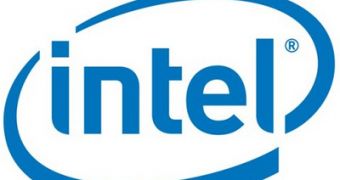End-users probably know that Intel's next-generation CPU architecture is called Sandy Bridge and will most likely yield actual CPUs in 2011. End-users might also know that the new chips will be better at everything, from decryption and encryption to video processing, compared with current Core processors. However, the same end-users may not know that the architecture itself is farther along that they might think. In fact, even though the first actual next-generation Sandy Bridge central processors won't ship before next year, some of them are already sampling to the chip maker's customers.
“We began volume sampling [of Sandy Bridge processors] in Q1, shipping thousands of samples to a broad range of customers and we are planning [to begin] volume production later this year,” Paul Otellini, chief executive officer and president of Intel, said, X-bit Labs reports.
The feature of Sandy Bridge that will appeal the most to consumers is the implementation of the AVX, short for Advanced Vector Extensions. Basically, when used by software programmers, this feature will increase floating point, media and processor-intensive application performance. This will be enabled by wider vectors (265 bits instead of 128 bits), which translates into a twofold increase in FLOPs output. The AVX will also allow data to be pulled more efficiently, thanks to improvements to data rearrangement. Not only that, but Intel AVX also leads to a higher energy efficiency and is backwards compatible with existing chips.
According to X-bit labs, Intel will initially unleash dual-core (65W TDP) and quad-core (95W TDP) Sandy Bridge central processing units, all of which will feature Turbo Boost and Hyper-Threading, as well as internal graphics on the same piece of silicon. This first batch will be meant for the mainstream market, with high-end parts set to come afterwards. All of them, however, will only be compatible with Intel 6-series chipsets, which use the LGA 1155 socket and will have, as the sole major drawback, the fact that, despite featuring Serial ATA-600, they won't natively support USB 3.0.
All Sandy Bridge models will be constructed with the 32nm manufacturing process technology, Intel's “fastest ramping process ever.”

 14 DAY TRIAL //
14 DAY TRIAL //